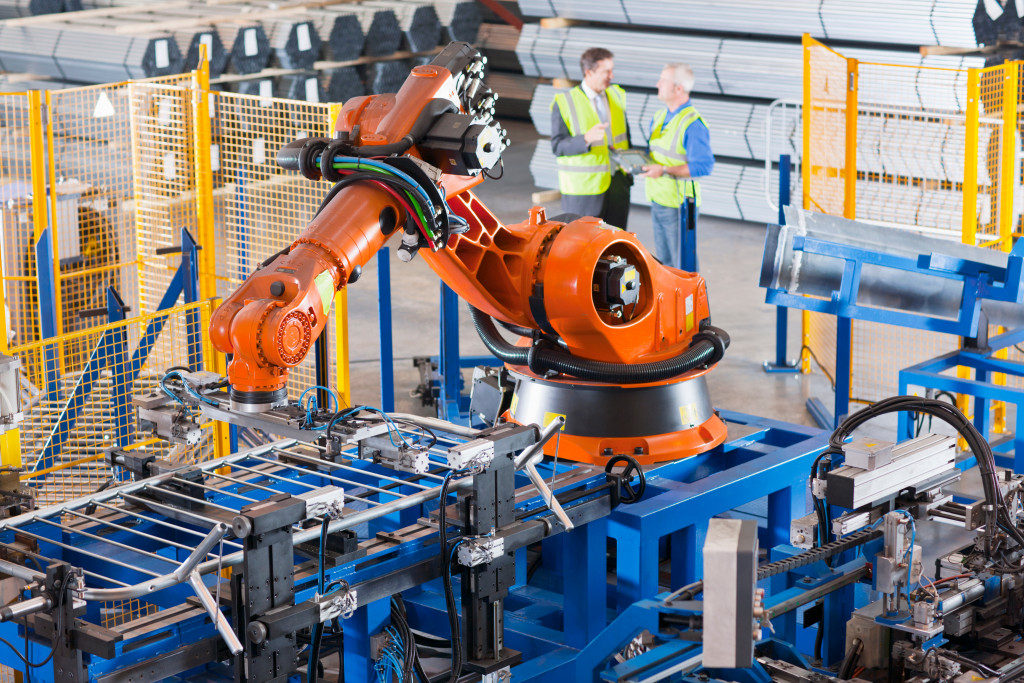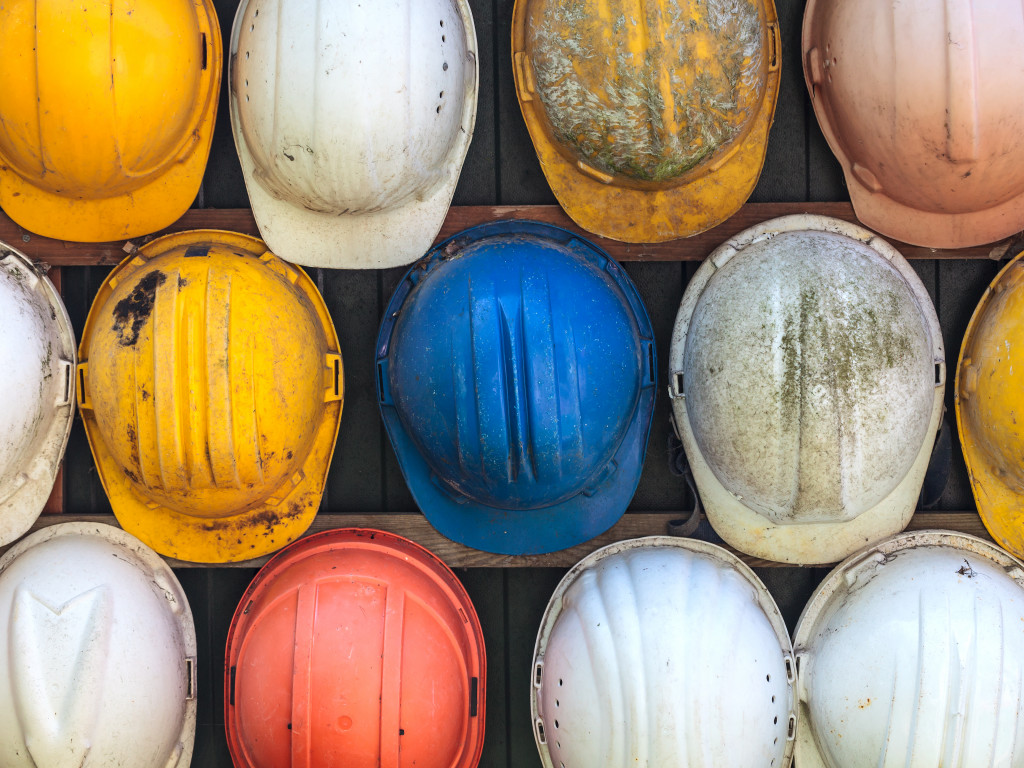Keeping your workers safe is one of the most important things you can do as a business owner. Not only is it the right thing to do, but it also makes good business sense. Healthy employees are more productive and less likely to miss work due to injury. Furthermore, a safe work environment can help to reduce your workers’ compensation costs. There are various ways to keep your workers safe, and you should tailor your approach to the specific hazards present in your workplace. Given this, some innovative products and technologies can help businesses drastically reduce the risk of workplace accidents. Here are six safety innovations that can change the way you work:
AI-Powered Safety Systems
One of the most promising workplace safety advancements is using artificial intelligence (AI) to identify and mitigate risks before they result in accidents. AI-powered safety systems use data from sources, including sensors and cameras. They are used to constantly monitor conditions in the workplace and identify potential hazards. For example, in manufacturing, AI can detect anomalies in equipment operations that could lead to a breakdown or accident. Another example would be in construction, where AI technology can also be used to see if workers aren’t wearing safety helmets. These systems can then send real-time alerts to employees, supervisors, and safety personnel to take corrective action before an accident occurs.
Drones
Drones are increasingly used for various situations requiring a closeup view or aerial perspective. This enables operators to see potential hazards that would otherwise be difficult or impossible to spot. It works by equipping drones with various tools and sensors to help assess risks and potential dangers. For example, drones equipped with thermal cameras can detect hot spots or any other visible problems in hard-to-reach places of a building. Knowing about these issues before they can worsen allows you to take preventive measures and fix them before they cause any major damage. That’s why you should hire experienced drone inspection services to help you find any potential issues. By being proactive in your building’s maintenance, you can avoid accidents and costly repairs, keeping your business operational and safe for everyone.
Wearable Technologies
Wearable technologies have the potential to promote safety in the workplace in many ways. For example, smart hard hats can be equipped with sensors that monitor workers’ proximity to hazards and track their location, especially if they work alone on a task while on site. Another example of safety tech is exoskeletons. They can help reduce the risk of musculoskeletal injuries by providing support and assistance with jobs that require physical effort, such as lifting heavy objects. By promoting safety in the workplace, wearable technologies have the potential to save lives and reduce costs associated with workplace accidents.
Automated Safety Systems
Automated safety systems can help to reduce or eliminate the possibility of mistakes that might result in injuries. For example, a machine can be programmed to halt operations and send alerts if it detects unsafe conditions or other issues. This can prevent workers from continuing to work in an unsafe environment. Likewise, these systems can also help to improve the speed and flow of work because machines are designed to work consistently and continuously unless otherwise given other instructions by their operators. By relying on automation, businesses can improve workplace safety and efficiency while reducing the need for manual intervention and lessening workload.

Connected Workplaces
One of the most important trends in workplace safety is the growing trend toward connected workplaces where various systems share data in real-time. This connectivity allows you to get a more holistic view of conditions in your workplace and identify potential risks before they result in accidents. Additionally, connected workplaces often have access to advanced analytics that can help you make better data-driven decisions about your operations. For example, you can use data from safety sensors to identify patterns and make improvements if necessary. Doing so will help you create a safer workplace for everyone.
Robotics for Hazardous Jobs
Robotics technology has come a long way in recent years, and now there are many applications for robots in the workplace. One of the most intriguing uses for robots is in hazardous jobs that are too dangerous for humans to perform. For example, robots are often used to disarm bombs or can be sent for deep-sea exploration. In these situations, the robot can be remotely controlled by a human operator who remains at a safe location. This allows businesses and organizations to carry out hazardous tasks without risking their employees’ safety.
By staying up to date with the latest technology and trends, you can create a safer environment for your employees and avoid costly accidents. Investing in safety innovation is important to ensure that your workplace is as safe as possible.

